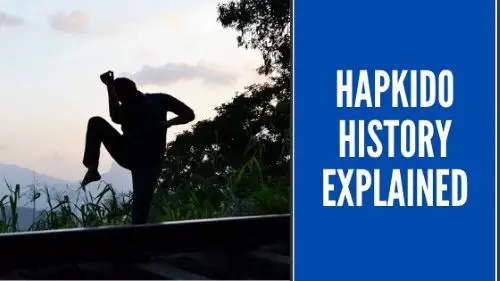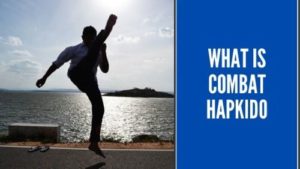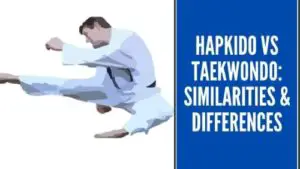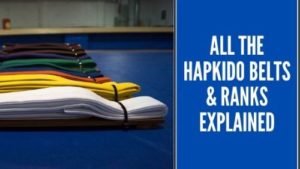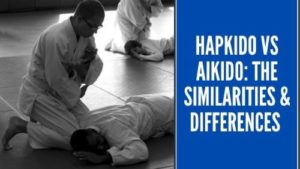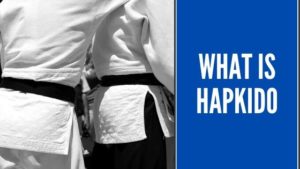The historical backdrop of the hand to hand fighting is brimming with exciting bends in the road. Hapkido history and Frameworks have mixed into one another throughout the hundreds of years and kept on developing into expressions of the human experience we practice today.
A portion of expressions of the human experience includes; Tossing, gagging and joint bolting, for example, Judo. Others stress wandering aimlessly like Aikido. Furthermore, still others like Karate and Kung Fu major on kicking and striking systems. Hapkido history is different since it looks to utilize a portion of every one of these strategies for self-defence.
Philosophers & Founders of Hapkido
Hapkido is military craftsmanship that was begun in Korea by its organizer, Yong Shul Choi. Choi was conceived in the town of Yong Dong, close to Taegue, South Korea in 1904; around five years before the Japanese started their control of Korea.
Choi got stranded at eight years old or nine and was taken to Japan to be relegated work. He, in the end, came to work for Sokaku Takeda (1860 – 1943), the 32nd patriarch of Daito Ryu Aikijitsu.
Choi remained in the utilize of Takeda for a long time. When Takeda kicked the bucket in 1943 Choi was discharged and withdrew, coming back to the Teague region of Korea presently. There is some debate over Choi’s affirmation in Daito Ryu Aikijitsu.
Regardless of whether Choi was ever authoritatively guaranteed in Daito Ryu Aikijitsu isn’t generally significant in my psyche. He was clearly ready to ace the procedures he was around for a long time and proceed to instruct them to numerous others.
Related: All the Hapkido Belts & Ranks Explained
When Choi came back to Korea, he was poor. The director of the bottling works, Bok Sup Suh, saw Choi, a man in his 40’s at that point; rout a few men in a battle one morning over a debate about his place in line.
Mr. Suh was a dark belt in Judo and was intrigued by Choi’s unusual combative techniques style. Exercises were held in Suh’s Dojang at the brewery until Suh was instrumental in aiding Choi to open his first school in February of 1951 with an agreement.
He additionally turned into his first dark belt. A portion of Suh’s information on Judo procedures was joined into the arrangement of self-protection that would later get known as Hapkido.
The first name of Choi’s self-preservation framework was Dae Dong Ryu Yu Sool; the Korean interpretation for Daito Ryu Aikijitsu. He showed an extremely unadulterated type of the Aikijitsu workmanship until his demise in 1986.
One of Choi’s understudies by the name of Han Jae Ji started to join the forceful kicking, and striking strategies of Aikido and Tang Soo Do/Soo Bahk Do into Choi’s arrangement of self-preservation.
He is generally attributed with being the principal individual to utilize the name of Hapkido, as far as anyone knows beginning in 1959. He likewise consolidated certain weapons, including the short staff (Wear Bong), the center staff (Jung Bong) and the stick.
Han Jae Ji is credited with delivering numerous well-known bosses of Hapkido who helped spread the workmanship over the world.
Related: What is Combat Hapkido?
A portion of his increasingly prominent understudies includes Grandmaster Tae Mon Kwon, Grandmaster Jae Nam Myung, Grandmaster Ocean Gracious Choi, and Grandmaster Bong Soo Han who played in and arranged the battle scenes in the Billy Jack films.
Ji showed up in Bruce Lee’s film Round of Death. Grandmaster Ji moved to the US in 1984 and framed Sin Moo Hapkido (Sin – Higher Psyche; Moo – Warrior Ways).
The name of Hapkido experienced several changes, including, Yu Sool, Yu Kwon Sul, Bi Soo, and Ho Shin Mu Do. With the progression of time, every instructor and association incorporated their own understandings and self-preservation into the workmanship.
Despite the fact that there is one arrangement of Hapkido today, there two unmistakable kinds of Hapkido.
The first is the schools that hold firmly to the first lessons of Yong Shul Choi. These schools are, for the most part, situated in the Teague region of South Korea. The fundamental accentuation is on the Daito Ryu based joint locks, diversions and tosses.
The second style of Hapkido is those schools, educators, and associations that follow their ancestry to Han Jae Ji. These schools show the systems of the main style alongside punching, kicking and weapon methods.
These schools are found principally in Seoul, Korea, just as the majority of the western world. There are more understudies, regardless of whether legitimately or by implication, of Han Jae Ji’s Hapkido than some other Hapkido teacher ever.
In the 1960s a portion of the propelled instructors of Hapkido requested of the administration of Korea for a proper association. The Korea Kido Affiliation (KKA) was conceded a contract by the Korean Service of Training on September 2, 1963.
The KKA was approved to control the benchmarks for advancement and direct the measures of educating for Hapkido, and for thirty other hand to hand fighting. Yong Shul Choi was it’s the first administrator, with Han Jae Ji and other Korean experts as governing body individuals.
Hapkido kept on dividing after some time, as most hand to hand fighting are doing today. In 1965 Han Jae Ji left the KKA and shaped the Korea Hapkido Affiliation (KHA), with the gift of Chung Hee Park, the leader of South Korea at that point. Ji left the KHA in 1973.
He wanted to take a lot of its individuals with him to frame The Republic of Korea Hapkido Affiliation (RKHA). Both Ji and Myung left the association in the long run, and another association jumped up from its establishment known as The Korea Hapkido Organization (KHF).
The KHF is the biggest, Hapkido administering association on the planet today. It’s leader, Se Lim Goodness, has filled in as its head since his political decision.
Another essential individual in the history and improvement of Hapkido was Jae Nam Myung. Myung was an understudy of Han Jae Ji and was granted his eighth degree by Ji in 1972.
He prepared close by of a few other eminent Hapkido bosses, for example, Bong Soo Han and Ocean Ho Choi. He was additionally one of the first experts that served on the Top managerial staff of the KHA.
In 1965 Myung invited a meeting Japanese Aikido educator, Sensei Hirata. Myung and Hirata traded procedures throughout the following quite a long while and Myung in the long run framed a coalition with the Japanese Aikikai.
He turned into the Korean agent for the Aikikai and remained so until the hour of his demise in 1999. Myung’s adaptation of Hapkido incorporates numerous Aikido based procedures.
The first Hapkido school to open in the US was known as The Hapki-Jujitsu School of Self Protection. It was opened in 1964 in Los Angeles, California via Ocean Gracious Choi when he was 28 years of age and a fifth-degree dark belt marking a significant achievement in Hapkido history. Choi resigned in the mid-1970s as a sixth degree.
